SGGP
On May 26, the International Energy Agency (IEA) released its latest report stating that investment in clean energy continued to outpace investment in fossil fuels in 2023, with solar energy projects surpassing oil spending for the first time.
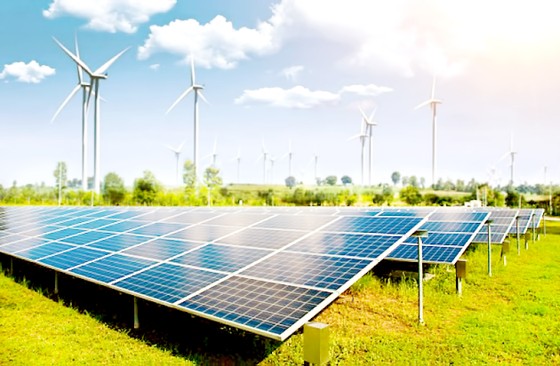 |
| Clean energy projects continue to thrive. |
A positive sign.
The IEA's report, "World Energy Investment," states that annual investment in renewable energy has increased by almost a quarter since 2021, while investment in fossil fuels has risen by 15%. Approximately 90% of clean energy spending comes from developed economies and China. However, the IEA emphasizes that investment in fossil fuels remains twice as high as the threshold needed to achieve carbon neutrality by the middle of this century. Fatih Birol, CEO of the IEA, said: "Clean energy is growing very rapidly, much faster than many people realize. Currently, for every $1 invested in fossil fuels, there is $1.70 invested in clean energy. Five years ago, this ratio was 1:1."
Global energy investment is projected to reach approximately $2.8 trillion in 2023, with over $1.7 trillion allocated to renewable energy, nuclear power, electric vehicles, and energy efficiency improvements. The remainder will be invested in oil, natural gas, and coal. In 2023, solar power spending is expected to exceed $1 billion per day, or approximately $380 billion per year.
Dave Jones, an expert at the energy advisory group Ember, stated: “Solar energy is truly a superpower. It’s the biggest tool we have for decarbonizing the economy. But ironically, some of the sunniest places in the world have the lowest investment in solar energy.” According to the IEA report, investment in new fossil fuel sources will increase by 6% in 2023, to $950 billion.
Economic opportunities
IEA research indicates that clean energy production could contribute more than $650 billion to the global economy by 2050. The IEA report also shows that countries will need to overcome challenges related to the concentration of supply chains and the workforce to realize the economic potential of clean technology sectors.
The report welcomes new flagship policies that will help boost markets in the coming period. For example, the Inflation Reduction Act in the US is a package of measures to help vulnerable people pay for healthcare and reduce emissions, focusing on energy and transportation. Elsewhere, the Fit for 55 package and the European Union's REPowerEU plan are driving market growth, Japan's Green Transition program and India's manufacturing linkage incentive program are encouraging the production of solar panels and batteries.
The European Commission has published its highly anticipated proposals for the Net-Zero Industry Act to accelerate the scaling up and production of clean technologies across the EU. Initial drafts of the Net-Zero Industry Act have been adopted, setting new targets for at least 40% of clean energy technologies to be produced within the EU by 2030…
Source








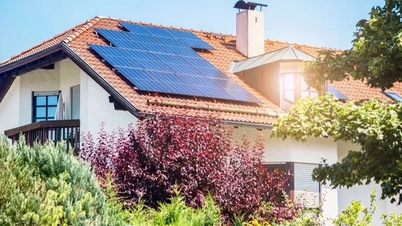



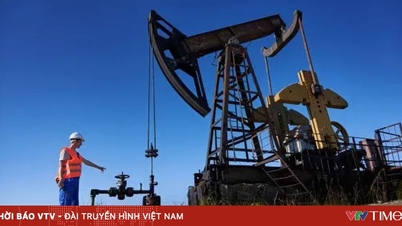





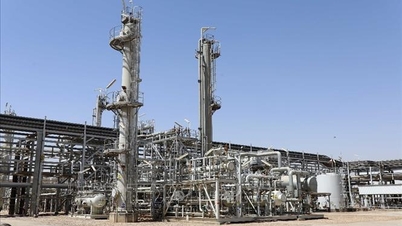
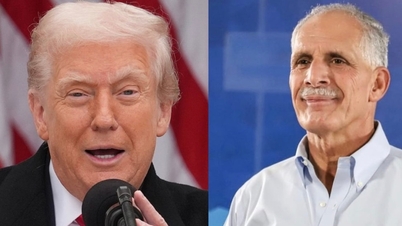

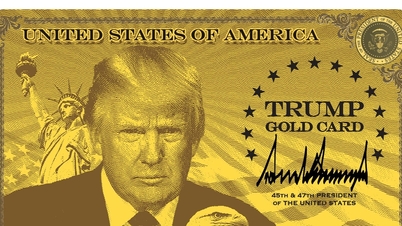





































![[OFFICIAL] MISA GROUP ANNOUNCES ITS PIONEERING BRAND POSITIONING IN BUILDING AGENTIC AI FOR BUSINESSES, HOUSEHOLDS, AND THE GOVERNMENT](https://vphoto.vietnam.vn/thumb/402x226/vietnam/resource/IMAGE/2025/12/11/1765444754256_agentic-ai_postfb-scaled.png)




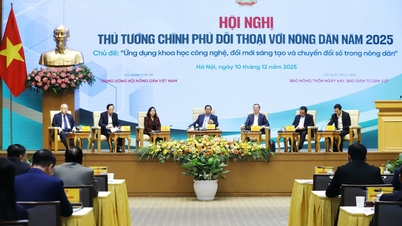


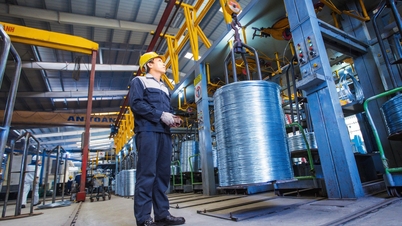












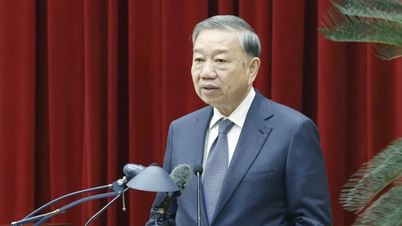



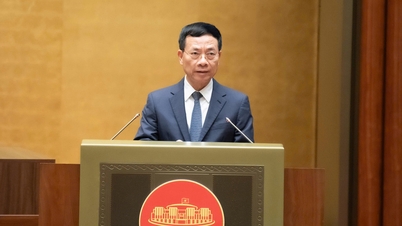

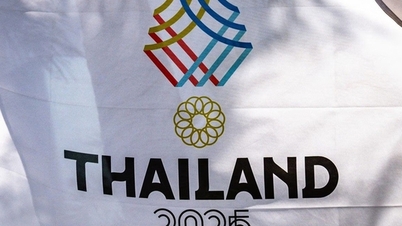






























Comment (0)